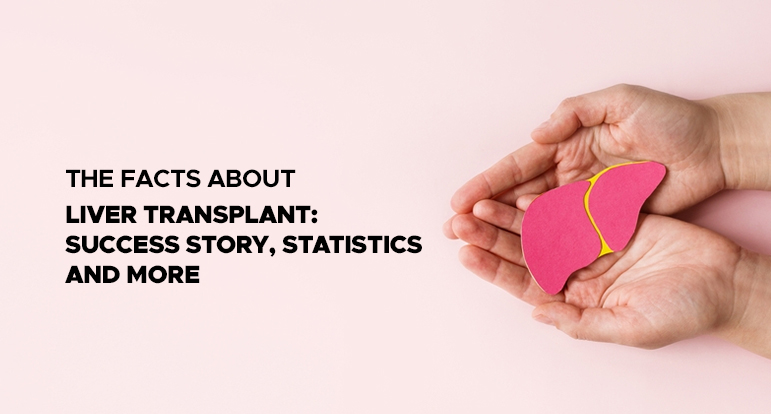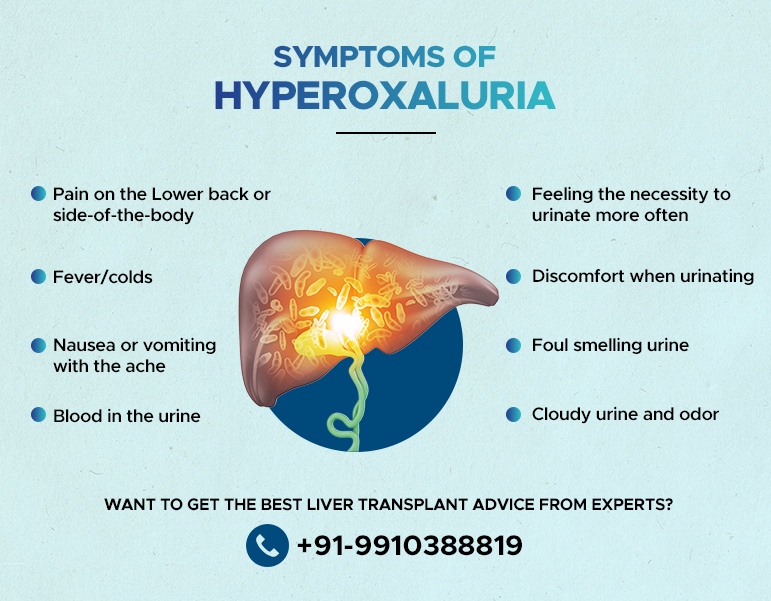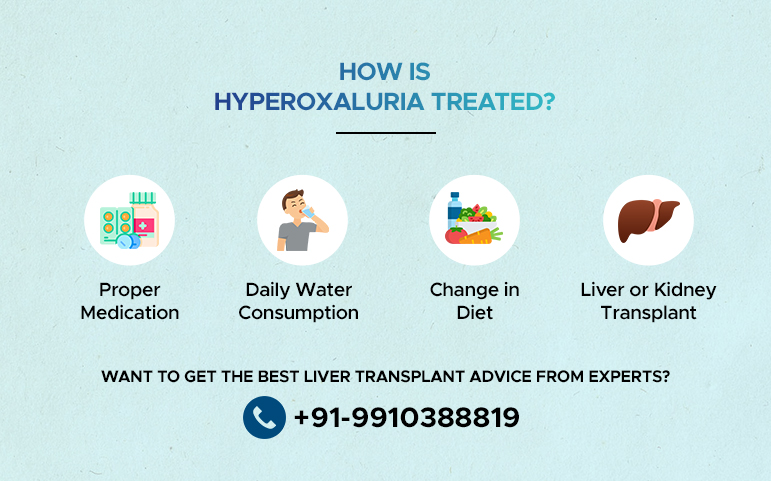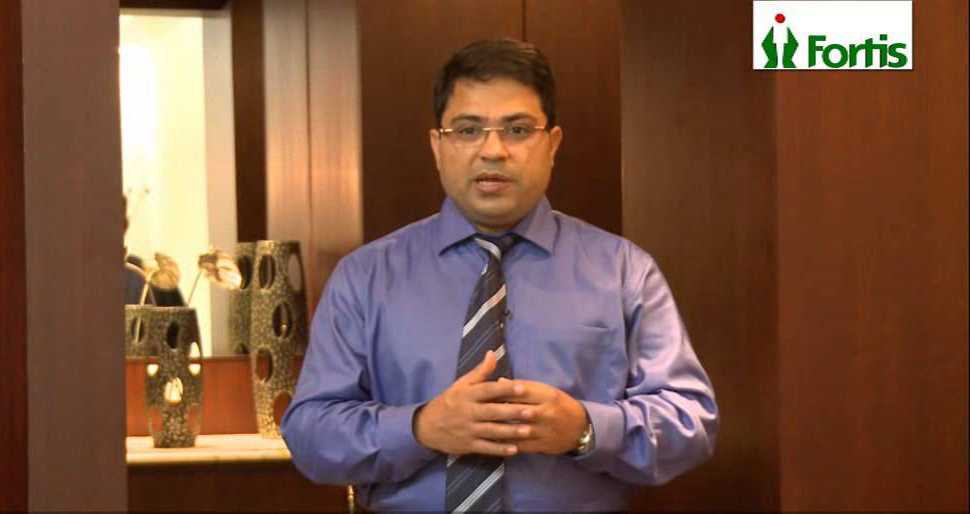
Amaar Asif, a nine-year-old boy suffering from liver problems, got a new life in AILBS India under the expert supervision of Dr Vivek Vij.
Want to know about Amaar Asif’s journey with AILBS India and Dr Vivek Vij? Read out this blog to get the best insights.
Amaar Asif, a 9-year-old boy from Lahore, was suffering from Hyperoxaluria, where both his kidney and liver were failing. Even a short walk to the next room used to be very painful. Ammar Asif was diagnosed three years ago with advanced kidney failure, and a rare disorder called primary Hyperoxaluria.
Dr Vivek Vij said that the kid had an AGT enzyme in the liver, which is affected, and his oxalate levels in the body went very high. Basically, these oxalate levels damage all the functions of the body. It started with a kidney stone, and the child went into chronic dialysis.
Amaar Asif needed a very advanced and complicated surgery involving a simultaneous kidney and liver transplant.
Being the best liver transplant surgeon in Delhi, Dr Vivek Vij (Director of Liver Transplant and Gastrointestinal Surgery) and his professional team, successfully conducted simultaneous liver and kidney transplant surgeries to cure the kid.
Amaar Asif, who was overjoyed, praised the doctors and especially Dr Vivek Vij for performing the procedure without causing him to experience any severe discomfort.
Amaar’s mother is a courageous woman who made the trip from Pakistan to India all by herself in search of the cure for her son’s illness when the doctors of Lahore could not help her.
Despite being from Pakistan, Amaar’s mother claimed she never felt like an outcast while discussing her experience with Dr Vivej Vij. The doctors were really polite and professional, so the child and his mother didn’t feel like they were out of the house.
After a successful 18-hour Hyperoxaluria treatment operation in April, Amaar has finally been discharged in a very healthy state.
After watching this video, you might be curious to know more about Hyperoxaluria. If yes, here we got you covered. Let’s understand more about Hyperoxaluria’s causes, symptoms, treatments and many more.
When your urine contains an excessive amount of oxalate, a disease known as hyperoxaluria develops. Oxalate is a natural chemical in your body and is also found in many food items. It is usually eliminated from the body via the kidneys in the urine (and can also be removed through stool).
Excessive oxalate buildup in the body might result in serious health problems. Kidney stones and crystals can develop when too much oxalate mixes with calcium in the urine. Renal failure can result from kidney damage brought on by recurring kidney stones and crystals.
Oxalate crystals may eventually accumulate in other parts of the body and cause bone disease, blood issues (anaemia), and heart, skin, and eye issues. Moreover, it also causes problems with growth and development in children if the kidneys fail and cannot clear too much oxalate.
Systemic oxalosis is the medical term for oxalate accumulation in human tissues.
Some well-known causes of Hyperoxaluria are:
Primary hyperoxaluria is an infrequent inherited (genetic) infection present at birth. This type occurs when the liver produces insufficient amounts of an enzyme that inhibits the overproduction of oxalate.
Your kidneys remove extra oxalate through your urine. Kidney stones and crystals can be formed when the excess oxalate combines with calcium; this can harm the kidneys and lead them to stop functioning (renal failure).
Kidney stones frequently develop in childhood or adolescence and show symptoms at an early age. The kidneys of many patients with primary hyperoxaluria fail by early to middle age due to the enormous amounts of oxalate generated. According to specialists, primary hyperoxaluria has three distinct hereditary origins.

Kidney stones are usually the first primary hyperoxaluria symptoms. Some signs of kidney stones are:
In addition to a physical examination, a medical history, and a diet history, the following tests are frequently used to identify hyperoxaluria:
The stone’s composition may be examined if kidney stones are discovered and either surgically removed or naturally passed.
Additional testing may be performed to find out if there are oxalate deposits in other organs and tissues. These tests consist of the following:
To ascertain whether you have a gene mutation, your doctor may recommend genetic testing if you have primary hyperoxaluria.
The purpose of Hyperoxaluria treatment is to reduce the body’s oxalate content and stop calcium oxalate crystals in the kidneys and other body tissues from forming. The following are some recommended therapies for primary hyperoxaluria (PH) and secondary hyperoxaluria (SH):

To conclude, untreated hyperoxaluria can eventually lead to kidney damage, kidney failure, and death. Depending on how severe it is, organ transplantation and dialysis may be required. By preventing the formation of kidney stones and calcium oxalate from developing and depositing in other bodily tissues, it is possible to safeguard the kidneys.
In order to best manage your disease, your doctor will review your specific kind of hyperoxaluria and offer a treatment plan.
People with hyperoxaluria must adhere to their doctor’s recommended course of therapy and undergo routine clinical examinations with their urologist or primary care physician.
If you are undergoing the primary hyperoxaluria symptoms or want to get the best advice from an expert doctor, go nowhere other than AILBS India. It is the top Liver Transplant Surgeon in india. Dr Vivek Vij is the top liver transplant surgeon in India who is known for giving suitable treatment after analysing the patient’s condition.


